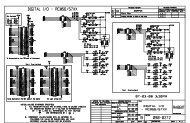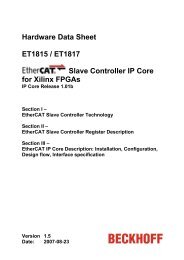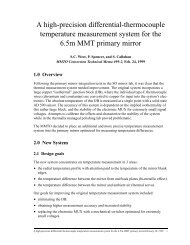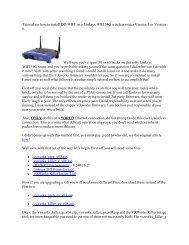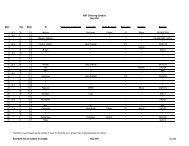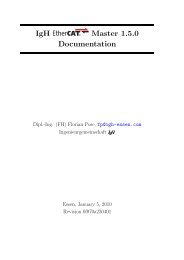GzOne Type-S Eng_R - NEC CASIO Mobile Communications, Ltd.
GzOne Type-S Eng_R - NEC CASIO Mobile Communications, Ltd.
GzOne Type-S Eng_R - NEC CASIO Mobile Communications, Ltd.
You also want an ePaper? Increase the reach of your titles
YUMPU automatically turns print PDFs into web optimized ePapers that Google loves.
Safetyand increasing the distance between the user and the RFsource will reduce RF exposure.Some groups sponsored by other national governmentshave advised that children be discouraged from usingwireless phones at all. For example, the government inthe United Kingdom distributed leaflets containing such arecommendation in December 2000. They noted that noevidence exists that using a wireless phone causes braintumors or other ill effects. Their recommendation to limitwireless phone use by children was strictly precautionary;it was not based on scientific evidence that any healthhazard exists.Do hands-free kits for wireless phones reducerisks from exposure to RF emissions?Since there are no known risks from exposure to RFemissions from wireless phones, there is no reason tobelieve that hands-free kits reduce risks. Hands-free kitscan be used with wireless phones for convenience andcomfort. These systems reduce the absorption of RFenergy in the head because the phone, which is the sourceof the RF emissions, will not be placed against the head.On the other hand, if the phone is mounted against thewaist or other part of the body during use, then that part ofthe body will absorb more RF energy. Wireless phonesmarketed in the U.S. are required to meet safetyrequirements regardless of whether they are used againstthe head or against the body. Either configuration shouldresult in compliance with the safety limit.Do wireless phone accessories that claim toshield the head from RF radiation work?Since there are no known risks from exposure to RFemissions from wireless phones, there is no reason tobelieve that accessories that claim to shield the headfrom those emissions reduce risks. Some products thatclaim to shield the user from RF absorption use specialphone cases, while others involve nothing more than ametallic accessory attached to the phone. Studies haveshown that these products generally do not work asadvertised. Unlike “hand-free” kits, these so-called“shields” may interfere with proper operation of thephone. The phone may be forced to boost its power tocompensate, leading to an increase in RF absorption. InFebruary 2002, the Federal trade Commission (FTC)charged two companies that sold devices that claimed toprotect wireless phone users from radiation with makingfalse and unsubstantiated claims. According to FTC,these defendants lacked a reasonable basis tosubstantiate their claim.G’zOne TYPE-S 158G’zOne TYPE-S 159



